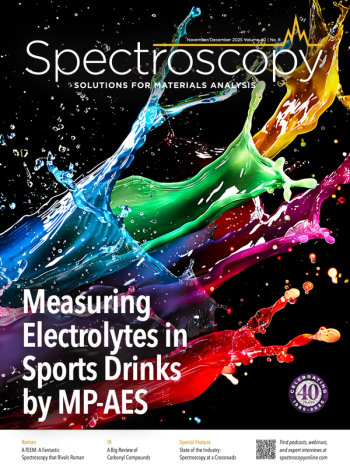
Center for Bio-Imaging Mass Spectrometry (BIMS)
Researchers from the Colleges of Sciences and Engineering at Georgia Tech (Atlanta, Georgia) have teamed up to create the Center for Bio-Imaging Mass Spectrometry (BIMS), which aims to unravel the molecular complexities of biological systems.
Researchers from the Colleges of Sciences and Engineering at Georgia Tech (Atlanta, Georgia) have teamed up to create the Center for Bio-Imaging Mass Spectrometry (BIMS), which aims to unravel the molecular complexities of biological systems.
“We organized this center in 2007 when we saw the enormous potential of mass spectrometry imaging tools and realized that we had a unique ensemble of people at Georgia Tech that would enable us to excel in this field,” said Al Merrill, a professor in the School of Biology and the Smithgall Chair in Molecular Cell Biology.
Mass spectrometry imaging allows researchers to visualize the spatial arrangement and relative abundance of specific molecules in biological samples. The technique also takes advantage of the ability of biological molecules to be converted into ions that can then be separated and analyzed by a mass spectrometer. When data are collected from different regions of a sample, the distribution of molecules can be used to create multidimensional images of that sample.
Because mass spectrometry experiments produce large volumes of data, each composed of thousands of spectra and thousands of peaks, it can be difficult to find molecules of interest. According to May Dongmei Wang, and assistant professor in the Wallace H. Coulter Department of Biomedical Engineering, “We’ve focused on researching computational methods that can clean up, visualize, and look for interesting patterns in thousands of mass spectrometry tissue images that you wouldn’t necessarily be able to fid or have time to find with the naked eye.” Wang and colleagues from the biomedical engineering department are providing software systems to BIMS center users. These systems acquire the thousands of ion spectra collected from every tissue slide matrix, perform quality control, and visualize the distribution of ions on the tissue matrix. The researchers then use principal component analysis, independent component analysis, and multivariate analysis to identify and compare ions of interest present in different locations.
The BIMS center at Georgia Tech includes researchers who propose biological and clinical problems that can be solved by mass spectrometry imaging. It also brings together researchers who are improving current MS imaging technologies and developing new techniques, and those who are analyze the large sets of complicated data collected by these systems. With the advances in software and hardware, the use of MS in the life sciences promises to become even more prevalent and diversified for systems biology research.
Newsletter
Get essential updates on the latest spectroscopy technologies, regulatory standards, and best practices—subscribe today to Spectroscopy.



